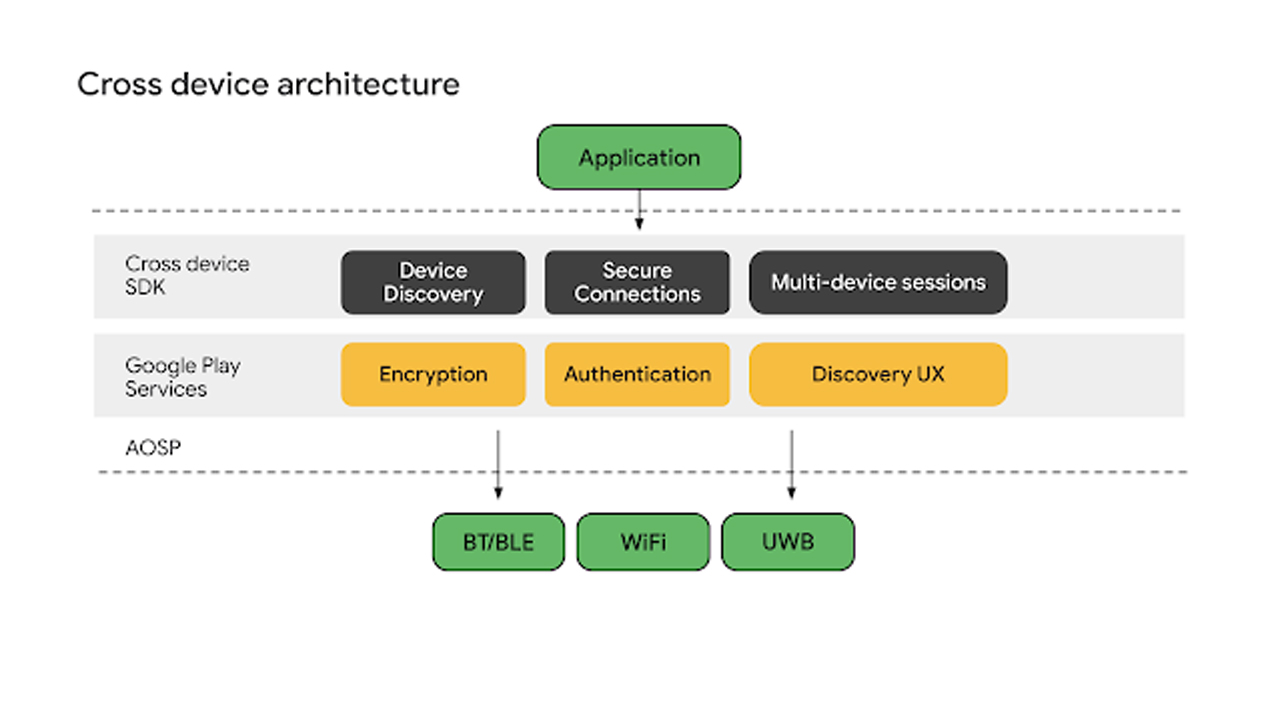Google announced that the company is launching a new cross-device software development kit (SDK), which contains the tools developers need to make their apps work on Android. Works well on devices, and will eventually work on non-Android phones, tablets, TVs, cars, etc.
JOIN XIAOMI ON TELEGRAM
The SDK should allow developers to do three key things with their apps: discover nearby devices, establish secure connections between devices, and host the app’s experience across multiple devices. According to Google, its cross-device SDK uses Wi-Fi, Bluetooth, and Ultra Wideband to provide multi-device connectivity support.
Google describes various use cases for the cross-device SDK in its blog post, and it looks like it can come in handy in many situations. For example, the cross-device SDK enables multiple users on different devices to choose food from a menu when ordering together, it also allows users to pick up where the article left off when switching from phone to tablet, and even allows in-car Passengers to share specific map locations with the vehicle’s navigation system.

It almost sounds like an extension of the Nearby Share feature that enables Android users to transfer files to Chrome OS and other devices running Android. In April of this year, well-known developer Mishaal Rahman (Mishaal Rahman) discovered Google’s upcoming “Nearby Sharing” update, which will allow users to quickly share files on devices signed into Google. Google also said during its CES 2022 keynote that the company will bring Nearby Sharing to Windows devices later this year.
The latest cross-device SDK is currently only available in the developer preview and is now only available on Android phones and tablets. Google eventually hopes to expand support to “other Android interfaces and non-Android operating systems,” including iOS and Windows, but there’s no specific timeline yet. Since the feature is still in its early stages, we may not see apps running across devices between iOS and Android anytime soon.





